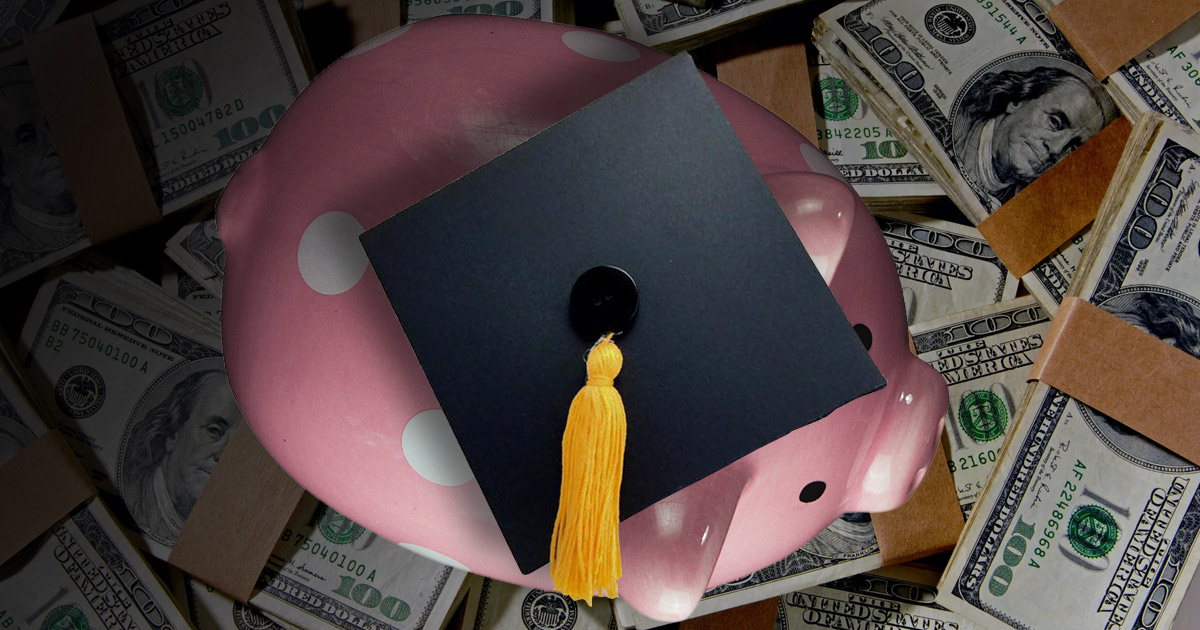Is Student Loan Forgiveness a Reliable Option?

By last summer, the United States had accumulated a staggering $1.6 trillion in student debt. Yes, trillion (with a capital T). With the labor market stagnating and earnings frozen in time, many current and former students are at a loss when it comes to their student debts.
While prominent progressive personalities in the Democratic Party, such as Bernie Sanders and Alexandria Ocasio-Cortez, have loudly called for student debt cancellation, not all party members share this view.
Initial Measurements
President Biden promptly implemented some temporary relief measures. Among his first acts as President was to suspend payments on all federal student loans and decrease interest rates to zero percent. This halt had already existed under the previous government but was about to expire.
Furthermore, President Biden is anticipated to push Congress to promptly eliminate $10,000 in debt for all government borrowers. While this may appear little to individuals with debts greater than $100,000, it represents a step forward. According to Forbes, the $10,000 cancelation would essentially remove student debt for more than 16 million people.
The administration has not indicated the period of the payment delay. [Edit: As of now, it is until September 30, 2021.] Presumably, they are waiting for developments in 2021 regarding Covid-19 statistics and vaccination rates.
Wait, Wasn’t it $50,000 for Student Debt Relief?
You may have seen the amount $50,000 floating in the news and on social media. Some Democratic Senate leaders, including Chuck Schumer and Elizabeth Warren, have pushed for this sum. President Biden may issue an Executive Order canceling $50,000 in federal student debts for all borrowers. However, as is often the case with political or financial issues, it is not so simple.
Some worry that such an order may not withstand legal challenges. The Supreme Court might deem the order unlawful, posing a huge challenge to the Trump government.
A Gradual Process
Instead of attempting to impose additional student debt relief through an Executive Order, President Biden is more likely to pursue options through Congress. Despite the Democrats’ tiny Senate majority (a 50-50 split with Vice President Kamala Harris serving as the tiebreaker), the route forward remains uncertain. Not all Democrats support universal student debt forgiveness, and at least nine Republican senators would be required to overcome a filibuster. Senate Democrats might also use a clause in a procedure known as “budget reconciliation.”
Alternative Solutions
Regardless of the amount of student debt relief that President Biden secures, there are a few more factors to consider. To begin, Biden has proposed changes to bankruptcy laws that may allow borrowers to incorporate educational debt in the process. While declaring bankruptcy is always a difficult financial choice, it may provide relief to those with significant student debt.
Another suggestion on the table is to expand income-based repayment plans. In principle, this would adjust loan payments to reflect current income levels, giving enough cash flow to cover bills while steadily reducing the loan balance.
What Should You Do About Your Loans?
To begin, it’s important to emphasize that everything we’ve talked so far is only about federal student loans. If you have private loans, you’ll need to figure out your current payback commitments. However, if the repayment pause is applicable to you, take advantage.
We recommend that you refrain from making unnecessary payments at this time. Not only owing to the current financial instability, but also because a $10,000 cancelation could occur. If your student debt is less than $10,000, any further payments made now may be totally forgiven—an opportunity worth considering.
However, the IRS may classify $10,000 (or $50,000) in student debt forgiveness as taxable income. This would result in many individuals incurring unanticipated tax liabilities. If such forgiveness becomes a reality, make sure you are well informed about the details. Nonetheless, transferring $50,000 of college debt for a $10,000 tax bill is a good deal any day.
If you are required to continue making minimum payments, make sure they are made on time. Missing payments might harm your credit score, complicating future financial transactions unnecessarily.

Editor-in-Chief • Industry Trends Writer
Ethan analyzes market shifts and predicts future developments in different industries to keep his audience well informed and ready.

